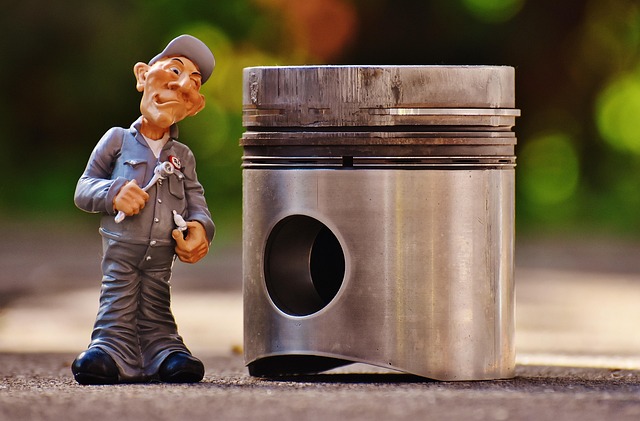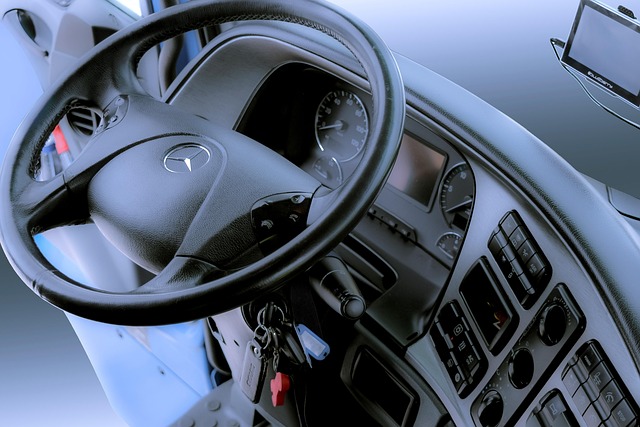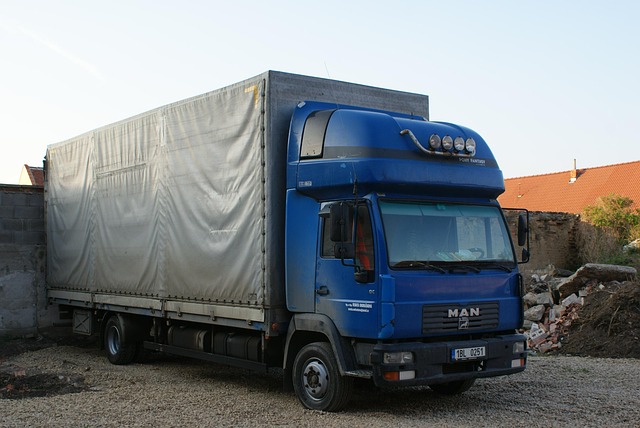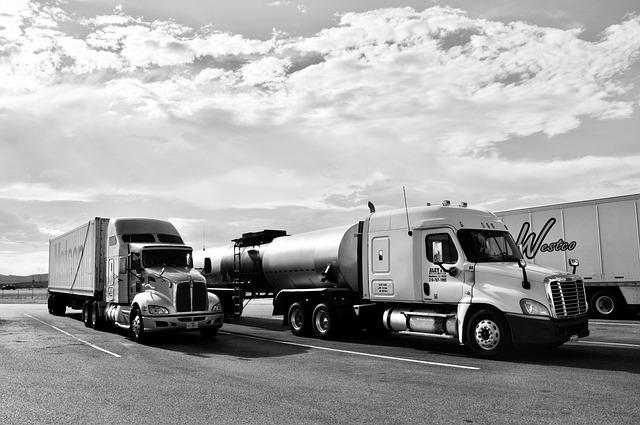Looking to register your car in California? Navigating the process can seem daunting, but with the right guidance, it’s a breeze. This comprehensive guide walks you through every step, from understanding crucial California car registration requirements and gathering essential documents for VIN verification to selecting an approved location and completing the application. By following these simple steps, you’ll be on your way to securing your vehicle’s registration promptly.
- Understand California Car Registration Requirements
- Gather Necessary Documents for Vin Verification
- Select an Approved Vehicle Registration Location
- Complete and Submit the Registration Application
- Pay the Required Registration Fees
Understand California Car Registration Requirements

Before registering your car in California, it’s crucial to understand the state’s specific requirements. Unlike other states, California mandates a process known as Vehicle Identification Number (VIN) verification as part of the registration procedure. This ensures that all vehicles on California roads meet safety and pollution standards.
The VIN is a unique 17-character code that identifies your vehicle. For new cars, dealerships typically handle this during the purchase process. However, if you’re registering a used car, you’ll need to conduct a mobile VIN inspection or use a mobile vin verifier to ensure the vehicle’s history and authenticity. This step is as simple as using an app or contacting a specialized service that provides quick and accurate VIN verification, making it accessible for all California car owners.
Gather Necessary Documents for Vin Verification

Before registering your car in California, you’ll need to gather several crucial documents for a successful vin verification process. The California Department of Motor Vehicles (DMV) requires this step to ensure vehicle authenticity and identity. Among the essential papers are your vehicle’s registration certificate from the previous state, proof of insurance, and a valid driver’s license or identification card.
Additionally, you’ll need to arrange for a mobile vin inspection or bring the car to an approved inspection station to conduct a thorough vin verification. This involves scanning the vehicle identification number (VIN) to cross-reference it with manufacturers’ records, ensuring the car’s history is clean and matching the details on the registration documents.
Select an Approved Vehicle Registration Location

When selecting a location to register your car in California, it’s crucial to choose an approved Vehicle Registration Location (VRL). These official sites ensure that all necessary procedures are followed accurately and efficiently. Many options are available, including California Department of Motor Vehicles (DMV) offices and some private tag agencies. Some even offer convenient services like mobile vin verification or vin inspection conducted by a professional mobile vin verifier to streamline the process for your convenience.
Consider factors like location accessibility, operating hours, and the range of services provided. Opting for a VRL that facilitates tasks like vehicle title transfer, emission testing, and registration renewal can save you time and potential headaches. Remember, a valid VIN (Vehicle Identification Number) verification is essential during this process, ensuring your car’s history is accurately checked before finalizing the registration.
Complete and Submit the Registration Application

To initiate the car registration process in California, the first step is to complete and submit the Registration Application. This form requires essential details about your vehicle, including its make, model, year, and unique Vehicle Identification Number (VIN). Accurately entering this information is crucial for a smooth registration experience. The VIN is a 17-character code that serves as a fingerprint for your car, ensuring every vehicle’s uniqueness. For added convenience, many Californians opt for a mobile vin inspection or use a vin inspector to verify the VIN and ensure all details are correct before submitting their application.
This initial step is where the magic begins; it triggers a series of events that culminate in your car being officially registered with the California Department of Motor Vehicles (DMV). After submission, expect a thorough review of your application, including the vin verification, to ensure compliance with state regulations. This meticulous process guarantees that only authorized and safely registered vehicles roam California’s roads, enhancing road safety for all.
Pay the Required Registration Fees

To register your car in California, you’ll need to pay certain registration fees, which vary based on the type and age of your vehicle. Before you begin the process, it’s crucial to ensure that your Vehicle Identification Number (VIN) has been verified. This is typically done through a VIN verification service, which can be conveniently accessed via mobile vin inspection or mobile vin verifier applications. These services provide instant validation, ensuring your VIN is accurate and unaltered, a critical step in the registration process.
By using these digital tools, you streamline the initial verification, making the car registration process more efficient. The fees you’ll pay cover various aspects of vehicle management, including road usage fees, emissions testing (where applicable), and administrative costs associated with registering your vehicle with the California Department of Motor Vehicles (DMV). Always check the DMV’s website for the most up-to-date fee schedules before completing your registration.
Registering a car in California involves understanding specific requirements, gathering essential documents for VIN verification, choosing an approved registration location, completing an application, and paying fees. By following these steps and ensuring accurate VIN verification, you can smoothly navigate the process and hit the roads legally.
